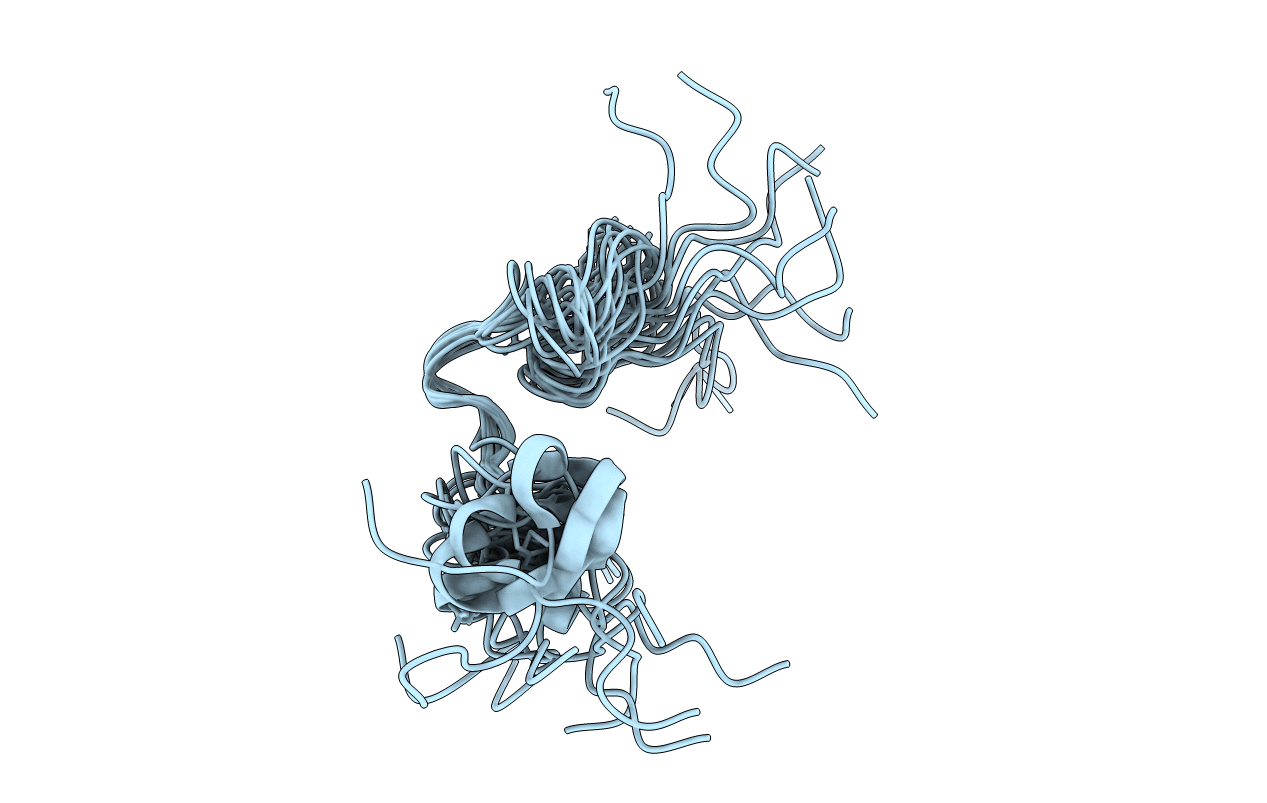
Deposition Date
2007-02-10
Release Date
2008-02-19
Last Version Date
2024-05-01
Entry Detail
PDB ID:
2EC7
Keywords:
Title:
Solution Structure of Human Immunodificiency Virus Type-2 Nucleocapsid Protein
Biological Source:
Source Organism:
Host Organism:
Method Details:
Experimental Method:
Conformers Calculated:
100
Conformers Submitted:
11
Selection Criteria:
structures with the least restraint violations, structures with the lowest energy


